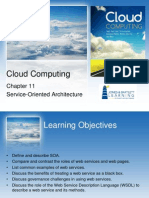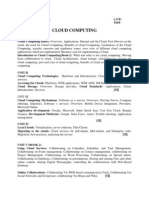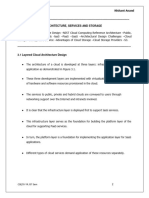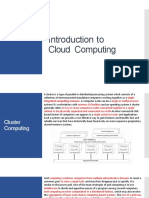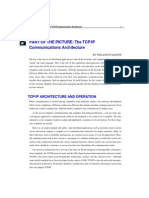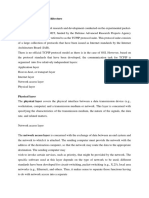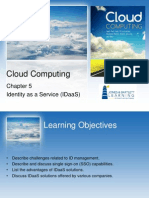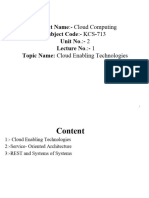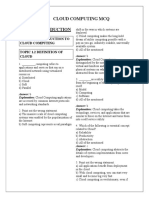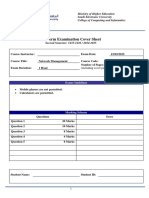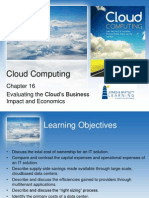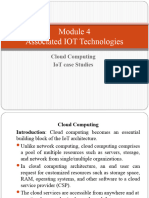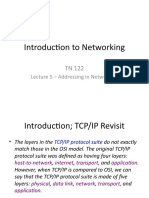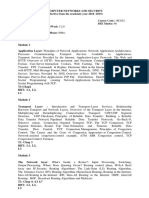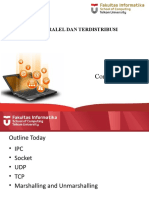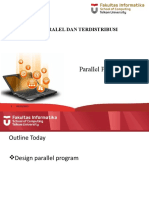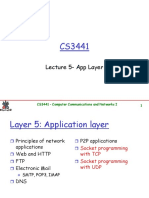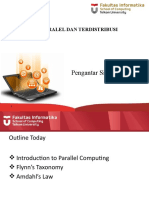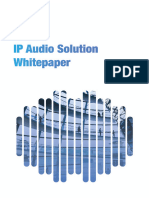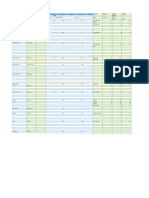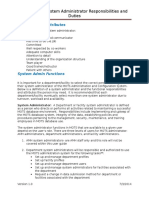0% found this document useful (0 votes)
64 views26 pagesCII3D4 SisTerPar 04 Interprocess Communication v2
The document discusses interprocess communication and networking concepts. It begins with an overview of networking issues for distributed systems like message transmission time, scalability, reliability, and quality of service. It then covers types of networks including personal area networks, local area networks, and wireless networks. Network principles like switching, protocols, and the OSI model are explained. The main topics of interprocess communication using sockets, UDP datagram communication, and TCP stream communication are then covered, highlighting concepts like synchronous vs asynchronous communication.
Uploaded by
MUHAMMAD ABU RIJAL KUSNAEDICopyright
© © All Rights Reserved
We take content rights seriously. If you suspect this is your content, claim it here.
Available Formats
Download as PPTX, PDF, TXT or read online on Scribd
0% found this document useful (0 votes)
64 views26 pagesCII3D4 SisTerPar 04 Interprocess Communication v2
The document discusses interprocess communication and networking concepts. It begins with an overview of networking issues for distributed systems like message transmission time, scalability, reliability, and quality of service. It then covers types of networks including personal area networks, local area networks, and wireless networks. Network principles like switching, protocols, and the OSI model are explained. The main topics of interprocess communication using sockets, UDP datagram communication, and TCP stream communication are then covered, highlighting concepts like synchronous vs asynchronous communication.
Uploaded by
MUHAMMAD ABU RIJAL KUSNAEDICopyright
© © All Rights Reserved
We take content rights seriously. If you suspect this is your content, claim it here.
Available Formats
Download as PPTX, PDF, TXT or read online on Scribd
/ 26







